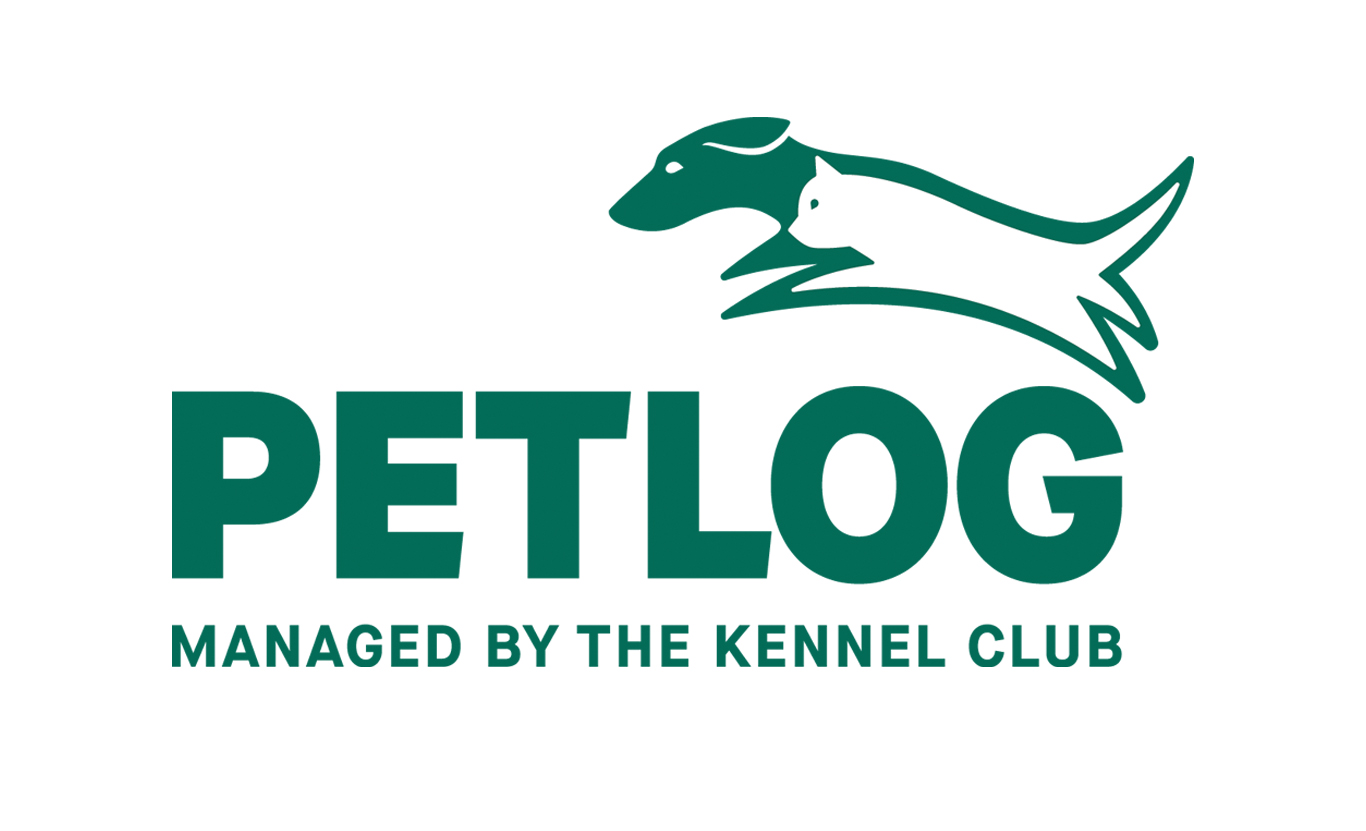
Bad teeth, gum disease and poor dental health are common issues in some of our favourite small animals. These problems can cause painful conditions for many pets, but how can we prevent them, what are the signs and symptoms to watch out for and what should you do if you suspect your pet is affected? Find out more in our article below.
How common is gum disease?
Gum diseases are one of the most common health issues that affect cats and dogs. In fact, more than 80% of dogs under 3 and 85% of cats over 3 are thought to have gum disease.
Why is gum disease a problem?
Gum disease may start small, but it often develops quickly and quietly. If it’s not treated, gum disease can lead to dental pain, tooth loss or even erosion of the jaw bones. Some pets’ mouths are less hostile than a human’s, so it’s easier for problematic plaque to build up. If gum disease isn’t treated, it can allow dangerous bacteria to enter the bloodstream, potentially causing kidney or heart problems.
What causes gum disease?
After an animal eats, particles of food, saliva and bacteria mix together to form a sticky layer that coats their teeth. This mixture often clings to tooth enamel and is known as plaque. As plaque builds up, bacteria begin to establish and invade the gum tissue. The body’s immune system responds to this invasion and the fight between the bacteria and the body can lead to inflammation of the gums, tissue damage, tooth loss and damage to bone.
The link between plaque and tartar
To start with, plaque isn’t easily visible, but after a while, you may notice a white or grey film on your pet’s teeth. If plaque isn’t removed, it begins to harden and mineralise, becoming a yellow-brown substance known as tartar. Tartar is much more difficult to remove from your pet’s teeth, and also provides a surface for more plaque to cling to.
What are the signs and symptoms of gum disease?
Signs that your pet is suffering from dental disease include:
- Bad breath
- Bleeding or swollen gums
- Seeing brown-yellow tartar on their teeth
- Wobbly teeth or losing teeth
- Difficulty eating
- Dribbling
- Bleeding gums
- Pawing or rubbing their face
- Blood in the dribble or on their chew toys
- Weight loss
If you’re concerned that your pet has problems with their teeth and gums, speak to your vet.
Watch out for bad breath
The type of food that many of our pets eat often affects the smell of their breath, but if you notice that your pet’s breath is particularly bad, make sure that you contact your vet for advice. Having bad-smelling breath could be a sign of a tooth or gum infection, or it could be caused by several other health conditions. Whatever the cause, it’s best to have your dog’s breath, gums and teeth checked out by your local vet.
Taking your pet to the vets
It’s important to take your pet to the vet if you think they might have problems with their teeth or gums. Your vet may also look in your pet’s mouth during one of their regular check-ups. If there’s a problem, your vet will be able to carefully look at your pet’s mouth, but if they need to do a more thorough examination then your pet may need to be anaesthetised. Not only is this safer and easier for your vet, but it is also more comfortable for your pet, especially if they need any treatment. As well as having their teeth scaled, polished and thoroughly cleaned, some pets may need an x-ray or tooth extraction.
How to prevent gum disease
There are a number of small steps that you can take to help improve and maintain your pet’s dental health. These include:
- Brushing your pet’s teeth – it may seem strange to brush your cat or dog’s teeth, but it’s the best way to keep their gums and teeth healthy. You can start brushing your pet’s teeth at any age, but it’s probably best to start when they’re young so that they can get used to it. Never brush your pet’s teeth with human toothpaste, as some may be poisonous to certain animals. Make sure that you buy toothpaste that’s appropriate to the type of pet you have, maybe ask your local veterinary practice if they have any recommendations. Always start off gently and try to keep your pet feeling at ease. If you’re unsure how to do it, ask your vet if they can give you a demonstration the next time you visit
- Watching what they eat – Make sure your pet eats good quality pet food. Some special 'dental diets' are available. It’s thought that feeding certain dry foods can help to scrape off plaque, but the relationship between food and dental health is complicated and not always straightforward. Try to give your dog a mix of wet and dry foods, but if in doubt, speak to your vet
Which factors can influence the health of my pet’s teeth and gums?
The risk of dental disease can be influenced by:
- Their age – older pets tend to suffer from dental health problems more often than younger dogs
- Their breed – some breeds may be more likely to develop dental health problems than others.
- The type of food they eat – foods that are sugary or are less likely to scrape the plaque from a pet’s teeth may be more likely to cause dental issues
- Their overall health – how your pet’s body recognises and attacks the bacteria that invade the gum tissue can influence how they’re affected by it.


